![]()
![]()
![]()
Use LEFT and RIGHT arrow keys to navigate between flashcards;
Use UP and DOWN arrow keys to flip the card;
H to show hint;
A reads text to speech;
22 Cards in this Set
- Front
- Back

|
Palette of king namar From Kierakonpolis 3000 BCE Slate used for makeup Has Horus |
|

|
Stepped Pyramid of Djoser 2600 BCE Architect - Imhotep -Orientation-Facing N -Replica of Djoser’s palace so he can perform his duties as ruler through out eternity. -Seradab for Djoser’s ka to receive offerings |
|
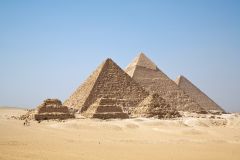
|
Great Pyramids, Gizeh, Egypt, 2500 BCE Menkaure, Khafre, Khufu. 2,3 million est. blocks on Khufu, facing N star |
|

|
Khafre Enthroned 2500 BCE Egyptian Place for Pharaohs to receive offerings Protection of Horus Seated looking forward Semtwa on side symbolizes unity |
|
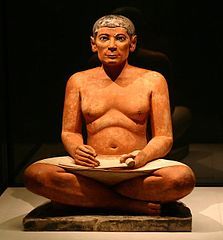
|
Seated Scribe 2500 BCE Depiction is realistic instead of idealistic. Active in performing role as a scribe |
|
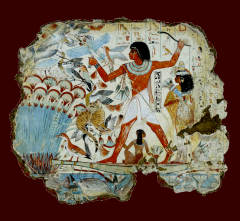
|
Nebamun Hunting Fowl 1400 BCE Lotus Flowers for Life Papyrus Patch for underworld On skiff w/ family to symbolize unity |
|
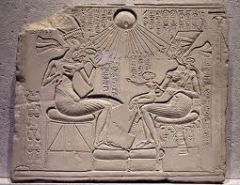
|
Akhenaton, Nefertiti and three daughters 1300 BCE Soft/round physical features -Corvlinear rather than rectilinear -Friendly warm exchange between fam members -Limestone -Worshiped Aton rather than Ra and Horus |
|
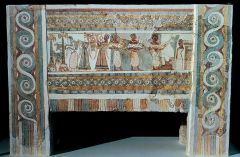
|
Sarcophagus, from Hagia Triada Minoan 1400 BCE Worship Dead Composite Perspective |
|
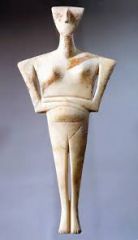
|
Figurine of a Woman Minoan Greece 2500 BCE Marble Not made to stand up |
|

|
Knossos 1400 BCE Minoan No fortifications Air Shaft and Light Wells Large Courtyards Storage Rooms |
|
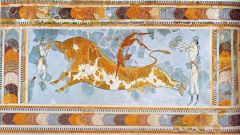
|
Bull-leaping fresco, from Knossos Minoan 1400 BCE Celebrate rite of passage from boyhood to manhood |
|
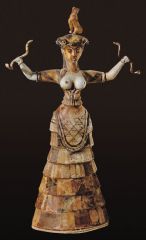
|
Snake Goddess 1600 BCE Minoan -Fertility, -illustrates the goddess or priestess’ control over nature. |
|
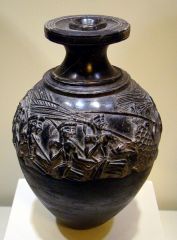
|
Harvesters Vace 1500 BCE |
|
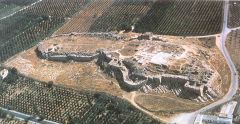
|
Citadel at Tiryns 1400 BCE Mycenaean Lion Gate Corbeled gallery in walls |
|
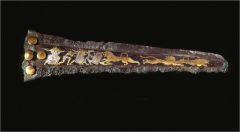
|
Inlaid Dagger Blade 1500 BCE Lion Hunt |
|
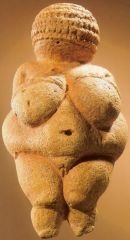
|
Venus of Willendorf 28000 BCE Limestone |
|
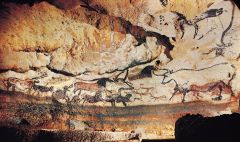
|
Hall of the Bulls 15000 BCE Cave in France |
|
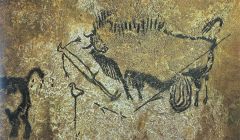
|
Rhinoceros, Wounded man and Bison, painting Lascaux France 15000 BCE |
|
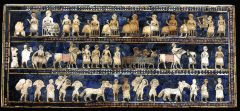
|
Standard of Ur Peace side Sumerian 2500 BCE |
|
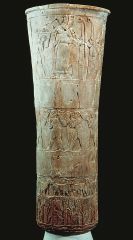
|
Presentation of offerings to Inanna 3000 BCE Sumerian Hierarchial Scaling - Largest Figure in charge Close Proximity to goddess Bringing Offerings to goddesses |
|
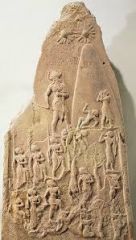
|
Victory Stele of Naram-Sin Akkadian 2200 BCE |
|
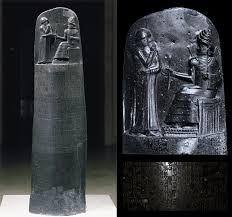
|
Stele with law code of Hammurabi 1800 BCE Near East Provides Authority for the laws |

